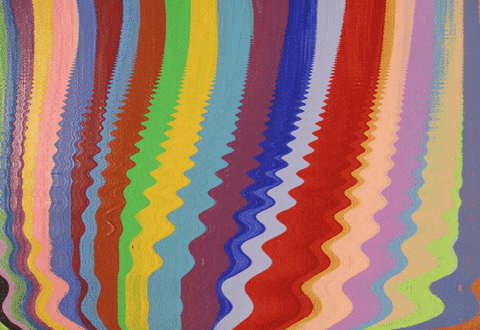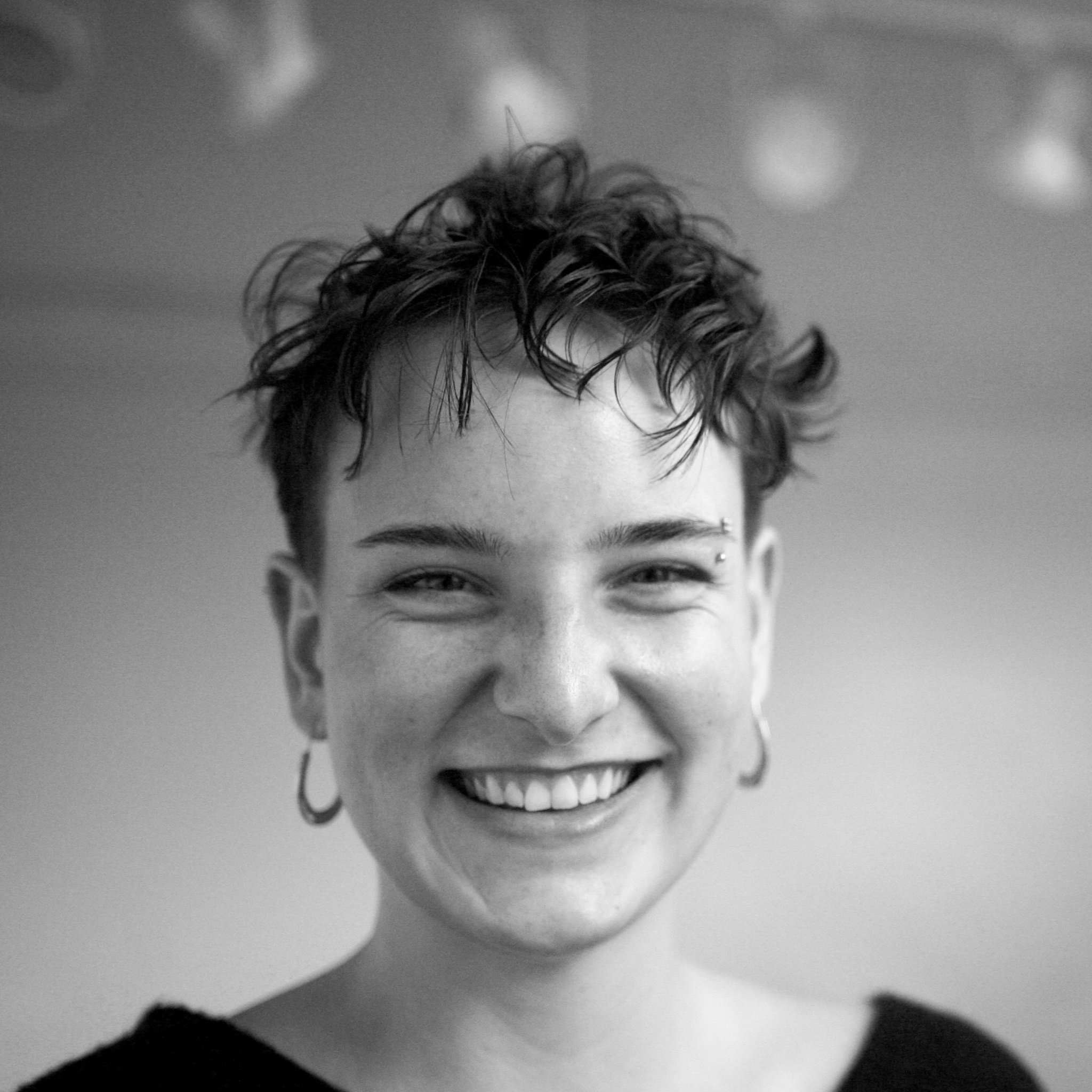Artists & Protest: an Incomplete History
My first experience of pluralism took place on the second floor of the sunniest side of my elementary school building, in the Goose Room. The Goose Room (inside-the-box thinkers might call it an art classroom) was the quietest place in the entire school. While other teachers struggled to negotiate or enforce an appropriate volume level with groups of energetic young people, my art teacher floated from one quiet pod of students to another, asking as many questions as she answered. We learned that there were infinite ways to mix colors, and that mixing ideas, cultures, backgrounds worked the same way.
In the Goose Room, every young artist was treated as a subject matter expert. If you painted over your brown bear with fuchsia and added a bold, second head to its small, furry body, you wouldn’t be reminded of the original assignment—you were asked how the bear decided which mouth to eat with every day.
In many ways, I wish institutional gatekeepers could spend an afternoon in the Goose Room, learning what a pluralist society looks like and why protecting it matters more than reminding artists of the assignment. Over the past four months, a growing number of artists have faced financial and professional consequences for critiquing Israel, resulting in canceled exhibitions, events, and grants. While this backlash may fall short of censorship, it does spark fear, encourage silence, and prevent fruitful conversations from taking place. In short, it’s a blow to pluralism.
The reminder that “history repeats itself” might bring little comfort to artists who are currently experiencing material consequences for speaking out against the war, but the phrase offers something I think we could all use more of right now: grounding. Grounding in the history of artistic protest, grounding in shared values, and a tough but vital grounding in pluralism.
artists and protest, an incomplete history
In my own artistic practice, fear visits me often—you could say we’re old friends. Whether sticky perfectionism is clogging my creative flow or a long time has passed since I made anything, a fair amount of bravery is required of every artist. This shared truth is magnified tenfold for artists who speak out against abuses of power. But when fear looms, history can be our teacher.
Artists have long used creative expression as a powerful means of protesting against war, conveying the senseless violence of armed conflict. The roots of (documented) artistic anti-war protest in the Western world can be traced back to the early 20th century, particularly during World War I. The Dada movement, emerging in response to the horrors of the war, employed absurdity and anti-establishment sentiments to criticize the leaders governing the conflict. Artists like George Grosz and Otto Dix created satirical and grotesque works that depicted the grim realities of war, challenging the prevailing glorification of militarism and widespread military propaganda.
Sturmtruppe geht vor unter Gas (1924). WWI veteran Otto Dix channeled traumatic wartime memories into artwork. Within a decade, he was banned from teaching and his artwork was confiscated. Image: Wikipedia
The protest against war continued to evolve over the decades, with Vietnam War protest art taking center stage during the 1960s and 1970s. The war has been described as the first "living room war," meaning that imagery from combat was printed, broadcasted, and televised on a daily basis. American art shape-shifted to reckon with the dissonance of witnessing a war from the safety of your home, best exemplified by projects like “House Beautiful: Bringing the War Home” by Martha Rosler.
Martha Rosler, Roadside Ambush, from “House Beautiful: Bringing the War Home” (1967-72) Image: MoMA
“The montages were works that were not intended as art. I made them as Xeroxes. It used to be at demonstrations somebody would hand you this incredibly text-ridden sheet against war . . . I had this idea not to have any text at all, just pictures to be handed out at demonstrations. That’s where they went.”
–Martha Rosler on the origin of House Beautiful: Bringing the War Home
If her work reminds you of a luxurious magazine spread, you’re not alone. Rosler is known for critiquing the “exploitative economics that characterize American capitalism.” In today’s context, where ads for must have products intermingle with headlines on rising body counts, Martha Rosler’s dystopia continues to come alive before our eyes and in our pockets.
Guo Jian, Tiananmen Square (2014). The artist is banned from returning to China. Image: Guo Jian
From Martha Rosler’s humble Xerox machine to Guo Jian’s literal ground meat, artists throughout history have found countless ways to bring our attention back to war’s contradictions and inhumanity. But it’s often come at a personal cost, and history overfloweth with examples of artists facing teaching and travel bans, imprisonment, destruction of artwork, and in today’s context, lost opportunities and funding cuts. As an arts worker, it’s a stark reminder that putting the well-being and material security of artists in the hands of “the market” or the whims of non-profit funders was never a good idea. Sure, the social system within which artists create work wasn’t working to begin with, but the cracks are showing more than ever.
funding artists, funding pluralism
Most days are a good day to open your front door and shout, “Universal Basic Income is simultaneously sensible, radical, and essential to human flourishing!” But these days, I think it’s important to add that Guaranteed Income programs for artists offer a solution to the precarity of activist artists in particular. If you’ve learned anything from our short wandering through art history, it’s that artists who protest are vulnerable across countless dimensions. Their livelihoods, their citizenships, their artwork, their contracts are on the line. A culture of guaranteed funding for artists could change that.
History is full of Swiss-cheese-style holes, precisely because powerful narratives are the only ones preserved. Guaranteeing that everyone is secure enough to create art without fear, will create a more fearless, liberatory history over time. One that creates room for artists to mingle stories, alchemize ideas, and poke holes. And I think by now, we know this: history will keep repeating itself, until all artists are guaranteed the freedom to question.
About Vicky Blume
Vicky Blume lives in Austin, Texas with her cat and partner. She co-leads the unparalleled External Relations team here at Fractured Atlas. In her artistic practice, Blume builds interactive websites, animations, and installations that offer calming and consensual alternatives to the Attention Economy.


